Establishing the cell biology of apomixis in Boechera (Research in Context)
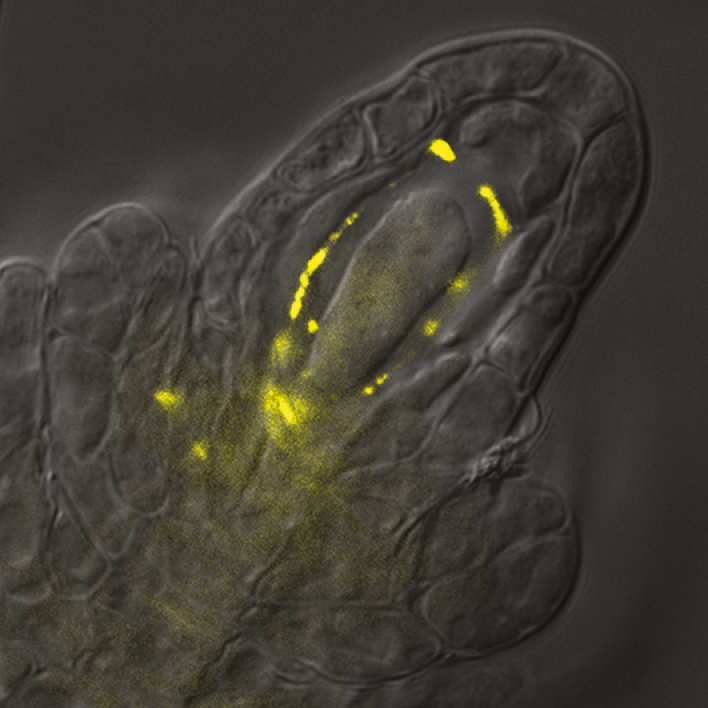
Annals of Botany 122: 513–539, 2018
doi: 10.1093/aob/mcy114
The genus Boechera (Brassicaceae) is comprised of both sexual and apomictic species, permitting comparative analyses of meiotic disturbances and parthenogenesis. Rojek et al. focus on B. stricta, a primarily sexually reproducing species which is also characterized by apomictic individuals, thus implying variation from strictly sexual seed formation. They address this reproductive conundrum through molecular and cyto-embryological investigations of flower development. The results imply that B. stricta is a species with an underlying ability to initiate apomixis. The findings demonstrate that the existence of apomixes in an otherwise diploid sexual B. stricta may provide the genomic building blocks for establishing highly penetrant apomictic diploids and hybrid relatives.
Authors: Joanna Rojek, Małgorzata Kapusta, Małgorzata Kozieradzka-Kiszkurno, Daria Majcher, MarcinGórniak, Elwira Sliwinska, Timothy F. Sharbel, and Jerzy Bohdanowicz
Is there a role for plant science in underpinning the objective of global nutritional security? (Invited Review)
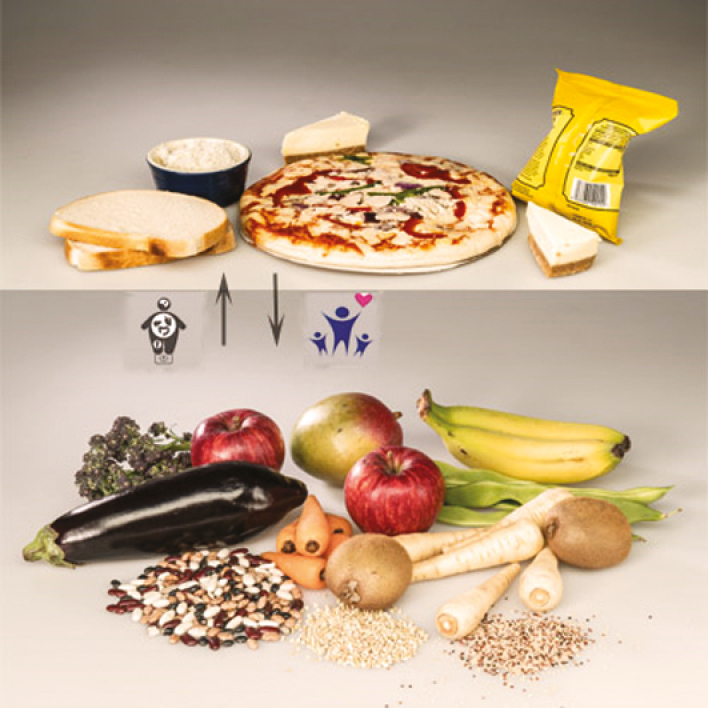
Annals of Botany 122: 541–553, 2018
doi: 10.1093/aob/mcy118
It has been accepted for more than 50 years that diets rich in plants, particularly fruit and vegetables, protect health, and yet diets have declined, with lower fruit and vegetable content and much more cheap, sugary, oily, processed foods, over the same period. These dietary shifts have had a marked impact on the incidence of chronic diseases; obesity, metabolic diseases, type2 diabetes and cardiovascular diseases. Martin argues that greater support for research into the ways that plant-based foods impact health will be essential for changing dietary patterns to protect health and to achieve global nutritional security.
Author: Cathie Martin
Waxes on fern leaves: fatty acid derivatives and secondary metabolites
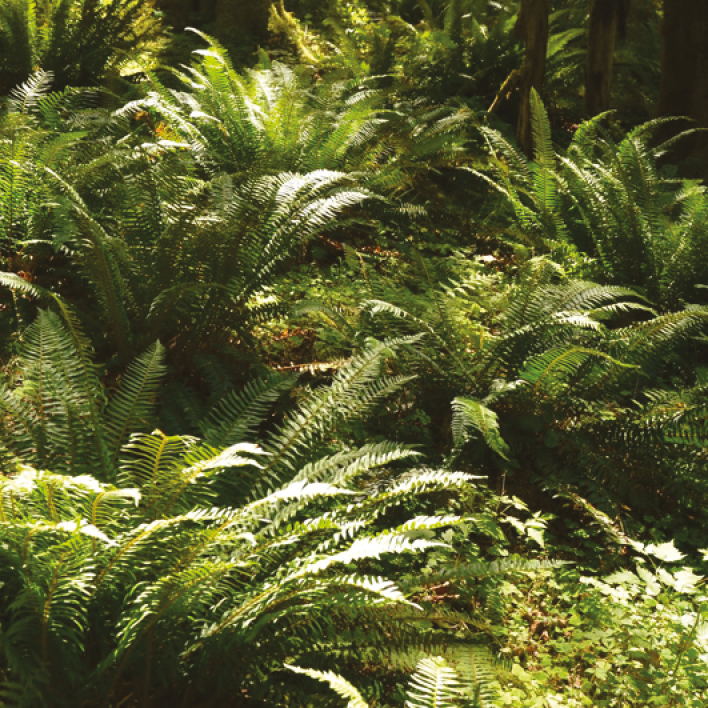
Annals of Botany 122: 555–568, 2018
doi: 10.1093/aob/mcy078
Fern leaves have surface coatings sealing them against dehydration. However, it is not clear whether wax compositions vary among fern species, and among ferns and seed plants. Guo et al. anlayse the wax mixtures of five fern species occurring in British Columbia by gas chromatography and mass spectrometry. Esters were the most abundant compounds in each species. Additionally, various fatty acid derivatives and polyketides were identified, many of them similar to those of seed plants like Arabidopsis thaliana. This result, together with other characteristics of the fern waxes, has significant implications on the evolutionary history of wax composition and biosynthesis.
Authors: Yanjun Guo, Jia Jun Li, Lucas Busta, and Reinhard Jetter
Night-time transpiration facilitates respiratory carbon dioxide release

Annals of Botany 122: 569–582, 2018
doi: 10.1093/aob/mcy084
Night-time transpiration accounts for a considerable amount of water loss in crop plants, yet its biological function, regulation and response to salt stress are poorly understood. Even et al. present data on barley plants, exposed to different regimes of NaCl stress, that address these questions. Diurnal gravimetric transpiration analyses are combined with complementary analyses such as cuticle wax load, dark respiration, and leaf and cuticle conductance to CO2 and water vapour. It is concluded that the main biological function of night-time transpiration is the release of respiratory CO2 from leaves. Night-time transpiration is regulated in the short- and long-term, also under salt stress.
Authors: Margaux Even, Marine Sabo, Delong Meng, Tino Kreszies, Lukas Schreiber, and Wieland Fricke
Why large leaved plants have wide piths
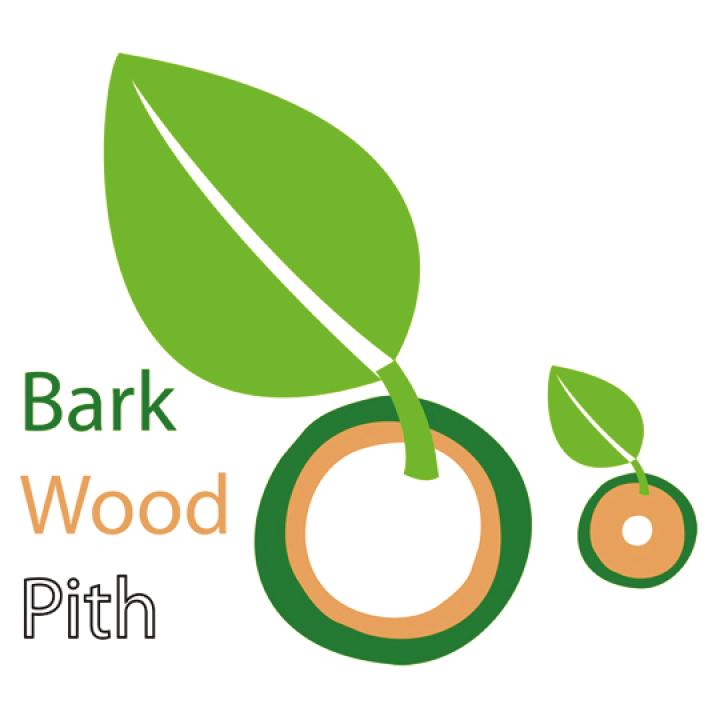
Annals of Botany 122: 583–592, 2018
doi: 10.1093/aob/mcy089
Worldwide, plants with large leaves have thick twigs with wide piths. To examine why, Olson et al. sampled 55 species from a Mexican tropical dry forest and use structural equation modelling to correlate leave size and spacing with stem anatomy. Large leaves must be spaced farther apart, avoiding self-shading. Farther spacing means that large-leaved plants make longer stems with less material, so wood in stems of large-leaved plants is more flexible. For a given amount of material tubes are stiffer than solid cylinders, as in bike frames, explaining why species with larger leaves, with their flexible wood, make thicker twigs with wide piths.
Authors: Mark E. Olson, Julieta A. Rosell, Salvador Muñoz, and Matiss Castorena
Population genetics of a plant and its parasitic pollinator moth
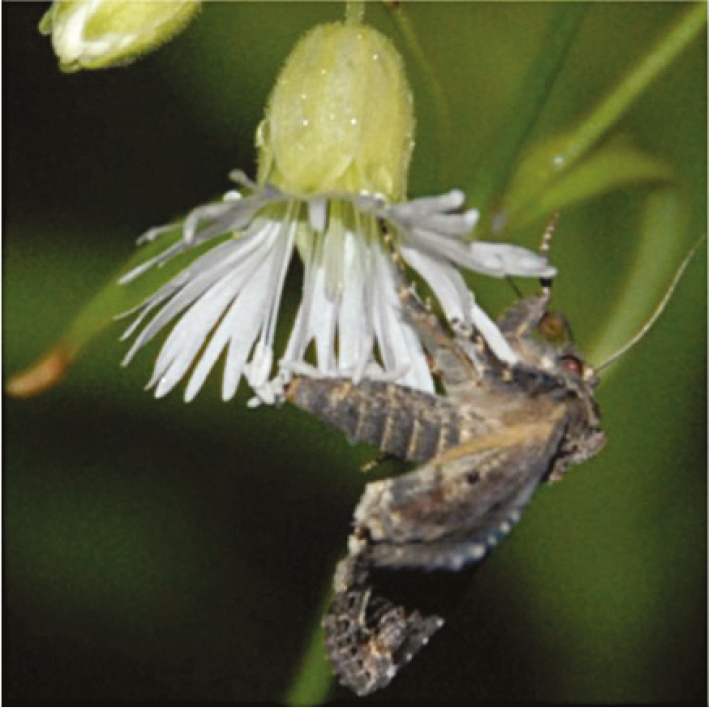
Annals of Botany 122: 593–604, 2018
doi: 10.1093/aob/mcy091
Many species exist on isolated habitats connected by dispersal of individuals. The evolutionary dynamics between two interacting species can be strongly influenced by the difference in mobility. Using highly variable genetic markers, Zhou et al. compare the genetic differentiation between a perennial herb, the starry campion Silene stellata (Caryophyllaceae) and its major pollinator moth, Hadena ectypa. They find that the plant populations are much more genetically differentiated than the moth. This is supported by the additional result that gene dispersal among the moth populations is more uniform and twice as strong as the plant.
Authors: Juannan Zhou, Michele Dudash, Charles Fenster, and Elizabeth Zimmer
CO2 and O2 dynamics in aquatic C3 or CAM plants
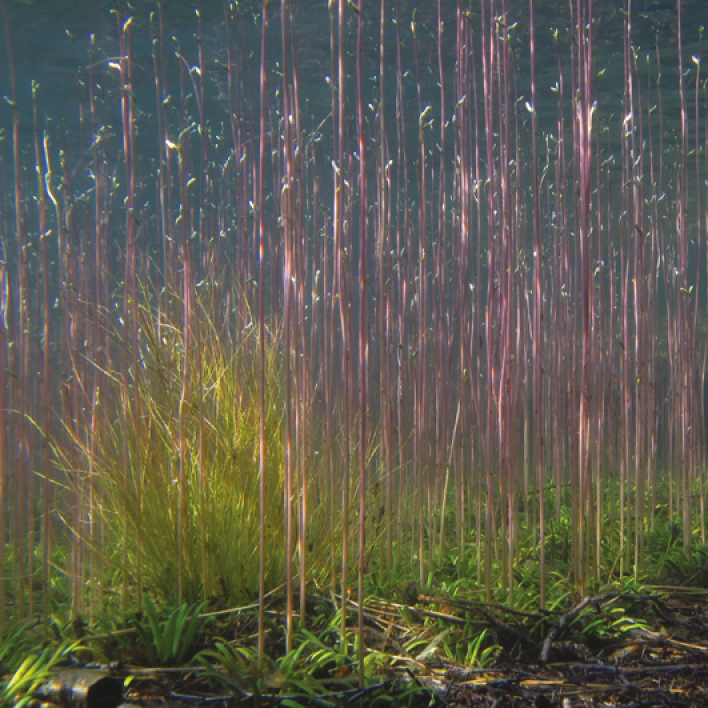
Annals of Botany 122: 605–615, 2018
doi: 10.1093/aob/mcy095
Pedersen et al. describe a new amperometric CO2 microsensor and an O2 microsensor elucidated the dynamics in leaf pCO2 and pO2 during light–dark cycles for C3Lobelia dortmanna (Campanulaceae) and CAM Littorella uniflora (Plantaginaceae) aquatic plants. During the dark period, for the C3 plant pCO2 increases, whereas for the CAM plant CO2 remains low owing to CO2 sequestration into malate. The C3 plant becomes severely hypoxic late in the dark period whereas the CAM plant with greater cuticle permeability does not. Similar to the use of O2 microsensors to resolve questions related to plant aeration, deployment of the new CO2 microsensor will benefit plant ecophysiology research.
Authors: Ole Pedersen, Tim Colmer, Emilio Garcia-Robledo, and Niels P. Revsbech
Sympatric Bt Brassica napus alters the reproductive strategy of wild relative B. juncea

Annals of Botany 122: 617–625, 2018
doi: 10.1093/aob/mcy096
The sympatric presence of transgenic crops with their wild relatives is an ecological concern. Liu et al. conducted a field experiment using insect enclosures with and without herbivores with cultivated Bt-transgenic Brassica napus (Bt oilseed rape, OSR) and B. juncea (wild brown mustard) in pure and mixed stands. When coexisting with Bt OSR, wild brown mustard produced less pollen and more ovules (a decreased P/O ratio) than in pure stands of brown mustard. This indicates the sympatric presence of transgenic plants in wild populations may further increase the potential transgene flow through altering reproductive allocation of wild species.
Authors: Yongbo Liu, C. Neal Stewart Jr., Junsheng Li, and Wei Wei
2,4-D and dicamba resistance mechanisms in wild radish: subtle, complex and population specific?

Annals of Botany 122: 627–640, 2018
doi: 10.1093/aob/mcy097
Weed populations with resistance to synthetic auxin herbicides such as 2,4-D are increasingly prevalent worldwide, but relatively little is known about the mechanisms conferring resistance. Goggin et al. combine a transcriptomic and biochemical approach to investigate the diversity of 2,4-D resistance mechanisms in 11 populations of wild radish (Raphanus raphanistrum, Brassicaceae), a problematic weed of Australian cropping regions. Differences between populations in auxin selectivity and the phloem mobility of 2,4-D highlight the complexity of 2,4-D resistance in this species, but early deployment of plant defence responses may be a common factor, in combination with population-specific alterations in auxin signalling.
Authors: Danica E. Goggin, Parwinder Kaur, Mechelle J. Owen, and Stephen B. Powles
CsLsi2 is a silicon efflux transporter gene in cucumber
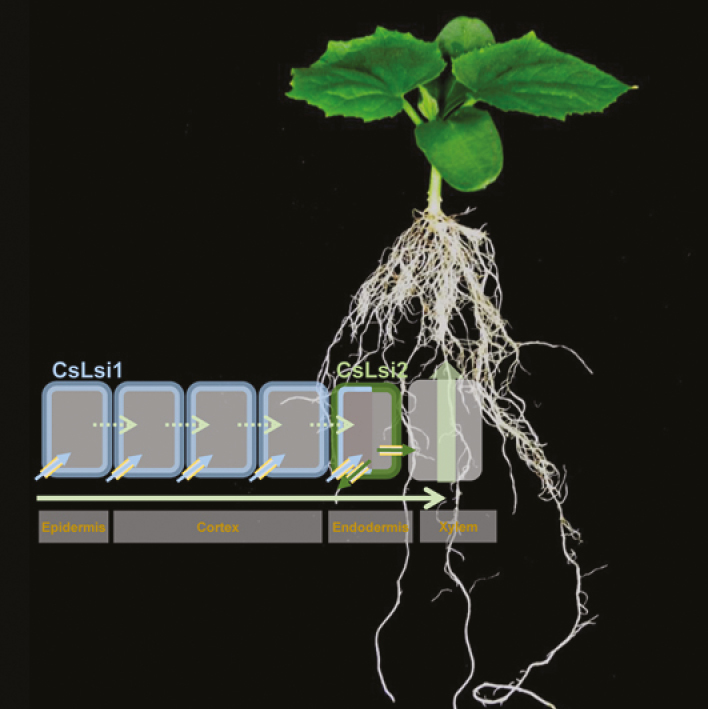
Annals of Botany 122: 641–648, 2018
doi: 10.1093/aob/mcy103
Cucumber (Cucumis sativus, Cucurbitaceae) is a widely used dicot model for silicon accumulation. However, little is known about the molecular mechanism of its silicon uptake. Sun et al. isolate a silicon efflux transporter gene, CsLsi2, from cucumber. They demonstrate that CsLsi2 has efflux transport activity for silicon and that it is mainly localized on the plasma membrane of endodermal cells in roots. In combination with their previous work in CsLsi1, a silicon influx transporter gene from cucumber, Sun et al. propose a model for silicon uptake in cucumber roots.
Authors: Hao Sun, Yaoke Duan, Xiaocui Qi, Liyang Zhang, Heqiang Huo, and Haijun Gong
Molecular systematics and stamen diversity of Salvia in East Asia
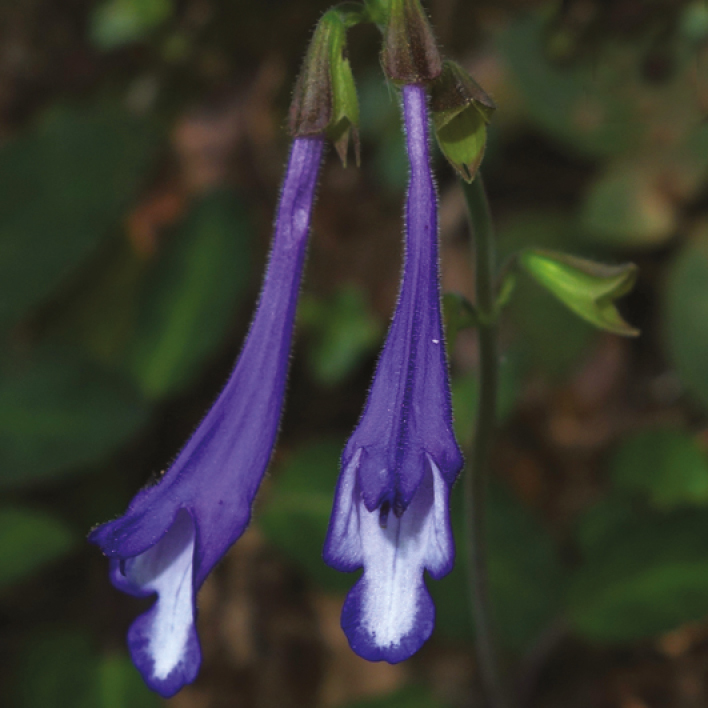
Annals of Botany 122: 649–668, 2018
doi: 10.1093/aob/mcy104
East Asia (EA) is one of the three major biodiversity centres of Salvia (Lamiaceae). By using of six DNA markers and morphological evidence, Hu et al. puts EA Salvia species in the newly defined subgenus Glutinaria and divides them into eight sections. The authors find six distinct stamen types and suggest stamen with fertile posterior thecae is plesiomorphic. Stamen type has evolved in parallel within the EA Salvia. All the infrageneric classification mainly based on staminal structure is untenable. The study provides a basis for further research on taxonomy and speciation of EA Salvia.
Authors: Guo-Xiong Hu, Atsuko Takano, Bryan T. Drew, En-De Liu, Douglas E. Soltis, Pamela S. Soltis, Hua Peng, and Chun-Lei Xiang
Modelling leaf spectral properties in a soybean canopy
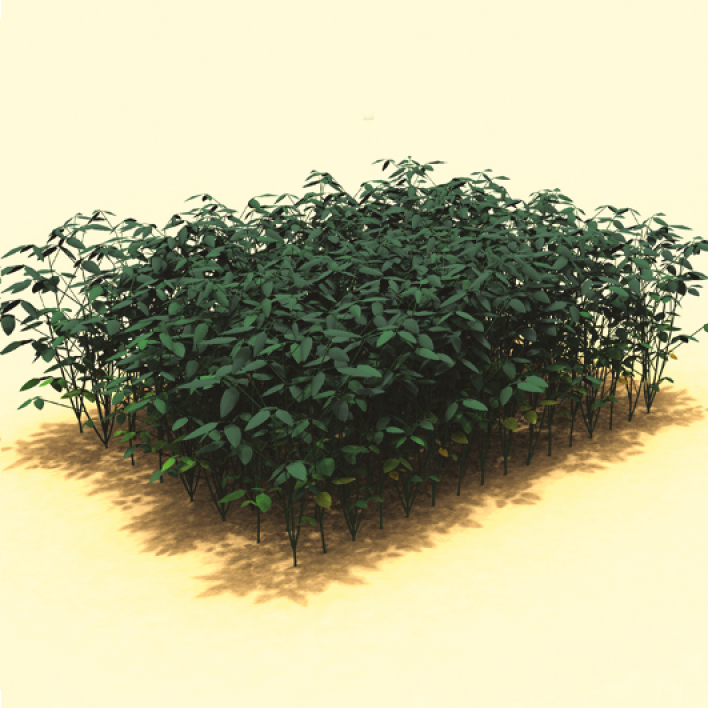
Annals of Botany 122: 669–676, 2018
doi: 10.1093/aob/mcy105
Accurate modelling of light–plant interactions requires knowledge on how light interacts with leaves within the canopy, which can be difficult to measure and model in dynamic and heterogeneous canopies. Coussement et al. show that non-destructive, fast measurements of the chlorophyll content index are an accurate predictor for leaf spectral characteristics. They link this index with the parameters in the PROSPECT radiative transfer model and integrated the model in a soybean virtual plant model. This allows them to more accurately describe light conditions within the canopy, which can aid in a better and dynamic understanding of actual perceived light within a canopy.
Authors: Jonas Coussement, Michael Henke, Peter Lootens, Isabel Roldán-Ruiz, Kathy Steppe, and Tom De Swaef


